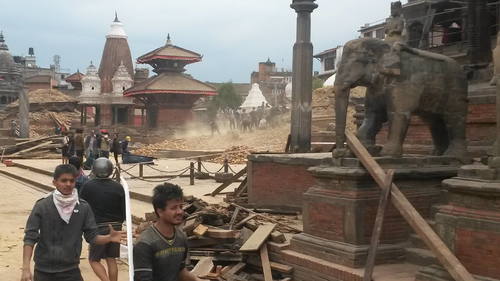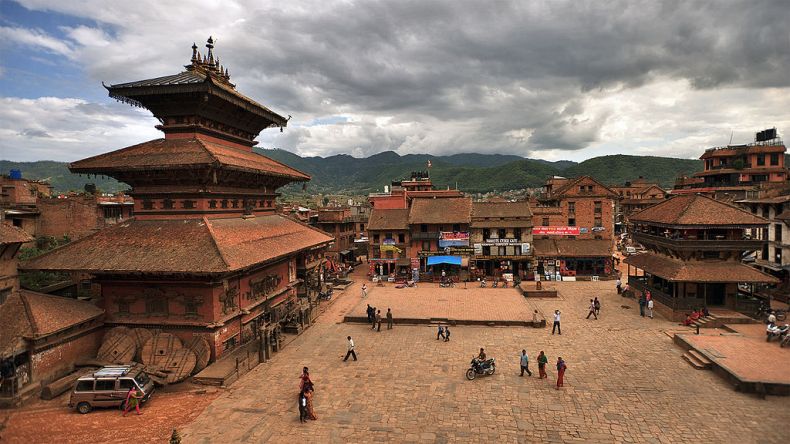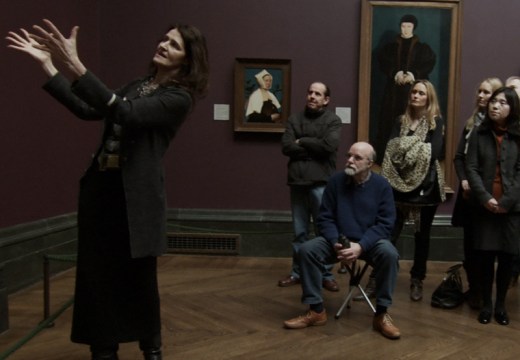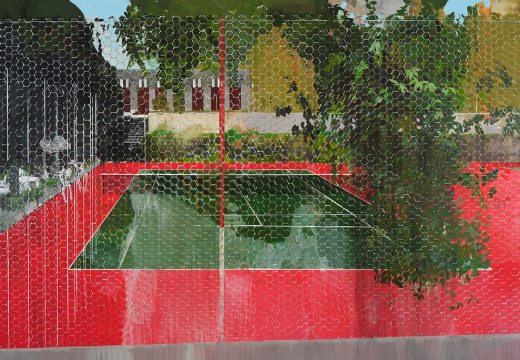It is surely right that so comparatively soon after this devastating earthquake the world’s attention remains focused on the humanitarian aspect of the disaster. However, there is another cultural aspect to this tragedy that is only just beginning to be properly reported: the damage to the famed architectural and artistic heritage of the Kathmandu Valley towns.
The available pictures reveal extensive damage to the Durbar Squares of the three main towns of the Kathmandu Valley: Kathmandu itself, Lalitpur (Patan) and Bhaktapur. The global cultural and artistic importance of these ancient city squares, together with four other sites in Nepal, is marked by their Unesco World Heritage status. All have suffered damage to varying degrees though it is the city centre squares containing Hindu and Buddhist temples and palaces that have fared the worst.
The three towns were the capitals of three small independent kingdoms from the late 15th century until 1769, when they were conquered by the Gorkas who unified the country. It was the Newar craftsmen of the valley who created the famed artistic heritage of the towns, visible in the richly carved wood exteriors of temples and palaces, in the gilded metal icons installed in temples, and in wall-paintings and stone sculptures. The reputation of these craftsmen extended well beyond Nepal to neighbouring Tibet where they were also often employed. While much of the woodwork on buildings in the Kathmandu Valley cities dates from the 16th- to 18th-centuries, some is earlier, and a number of stone sculptures (especially at Pashupatinath and Changu Narayan, two of the other Unesco sites where important Hindu temples are located) date from the 6th to 10th centuries. At both locations many of the most important sculptures are set into the ground in the open air, and one hopes they have survived intact.
However, Unesco reports that 80 per cent of the temples in Basantapur Durbar square in Kathmandu have been destroyed; two temples have collapsed in Patan; and buildings in Bhaktapur Durbar square, always counted as an architectural gem, have been severely damaged. The remaining Unesco sites – the massive stupa at Swayambunath where a subsidiary temple has collapsed, and Boudhanath where the stupa’s spire has toppled over – appear, at least on first sight, to be salvageable. Unesco is sending experts to assess the damage and to determine what is irrecoverable and what might be reconstructed.
This has happened before. In 1934, a massive earthquake of .8 scale caused comparable damage, and several of the presently destroyed buildings were actually reconstructions from after that date. These include the 203 foot high Dharahara or Bhimsen Tower in Kathmandu, originally built in 1832 by Nepal’s first Prime Minister. One can only hope that it will be possible to rebuild and restore at least some of the breathtaking buildings and ancient religious sites.
The UN has launched an emergency appeal to provide humanitarian aid to the region over the next three months. For more information and to donate, visit their website.
Unesco is monitoring the situation as relief efforts in the region continue.
John Clarke is curator of Himalayan Collections, Asian Department, at the Victoria and Albert Museum, London
Unlimited access from just $16 every 3 months
Subscribe to get unlimited and exclusive access to the top art stories, interviews and exhibition reviews.















![Masterpiece [Re]discovery 2022. Photo: Ben Fisher Photography, courtesy of Masterpiece London](http://www.apollo-magazine.com/wp-content/uploads/2022/07/MPL2022_4263.jpg)
Has the Fitzwilliam got its rehang right?